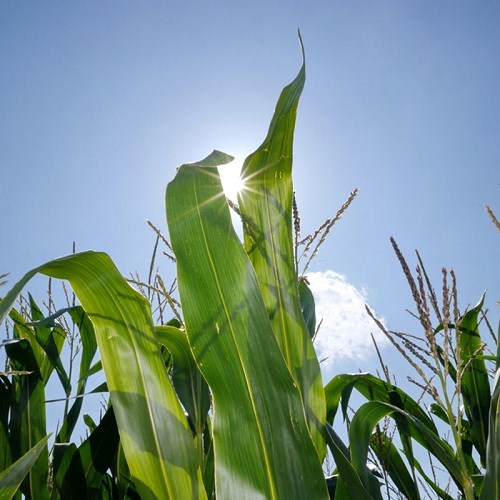BASF and Avantium JV Aims at “Green” PEF Barrier Resin
The new joint venture will further development and licensing of Avantium production processes of precursor FDCA and PEF.
The new joint venture will further development and licensing of Avantium production processes of precursor FDCA and PEF.
The goal to produce a 100% biobased alternative to PET has been in the works by The Netherlands’ Avantium since late 2010. That was when the company commenced its pilot project for the production of furanics—a class of chemical building blocks used to produce innovative “green” fuels, chemicals, and renewable materials. The company’s furanics are branded as YXY, and by end of 2011, Avantium had started up a furandicarboxylic acid (FDCA) monomer pilot unit as well as a small YXY polyethylene furanoate (PEF) pilot plant (read more here).
Since then, Avantium has been pushing for commercial-scale production of PEF through approaches such as licensing and partnering arrangements with Coca-Cola and Alpla, in the belief that once commercial scale is achieved, PEF would compare quite favorably with reigning bottle king PET. PEF reportedly has oxygen barrier that is 10 times that of PET, along with double the water vapor and four times the CO2 barrier.
Its glass-transition temperature of 190.4 F is 53.6 F higher than PET, with a tensile modulus that is 1.6 times greater. The thinking is that even though PEF has about a 5% higher density than PET, it could make lighter bottles by thin-walling and/or eliminating barrier layers.
Enter BASF, which last week announced that it is forming a joint venture with Avantium for the production and marketing of the “green FDCA building block, as well as marketing of PEF.” The new venture will use Avantium’s YXY process for the production of FDCA. The partners intend to further develop the process and to construct a reference plant for the production of FDCA with annual capacity of about 110-million lb/yr at BASF’s Verbund site in Antwerp, Belgium.
The ultimate aim is to build up world-leading positions in FDCA and PEF, and subsequently license the technology for industrial-scale application. Because of its excellent barrier properties, high mechanical strength, and recyclability, PEF is viewed as highly suitable for the production of certain food and beverage packaging, including films and bottles. “Partnering with the number one chemical company in the world, provide use with access to the capabilities that are required to bring this technology to industrialization, said Tom van Aken, Avantium’s CEO.

Related Content
-
Blend Amorphous PHA with PLA to Improve injection Molded Part Properties
Adding aPHA to PLA can boost a range of mechanical properties and expedite composting. Here are the details as well as processing guidelines for injection molding the blends.
-
Best Practices for Purging PHA and PHA/PLA Blends
Because bioplastics are processed at lower temperatures, purging between jobs requires a different process and purging agents than those applied for traditional resins.
-
Making a Play With PHA
Processors with sustainability goals or mandates have a number of ways to reach their goals. Biopolymers are among them.















